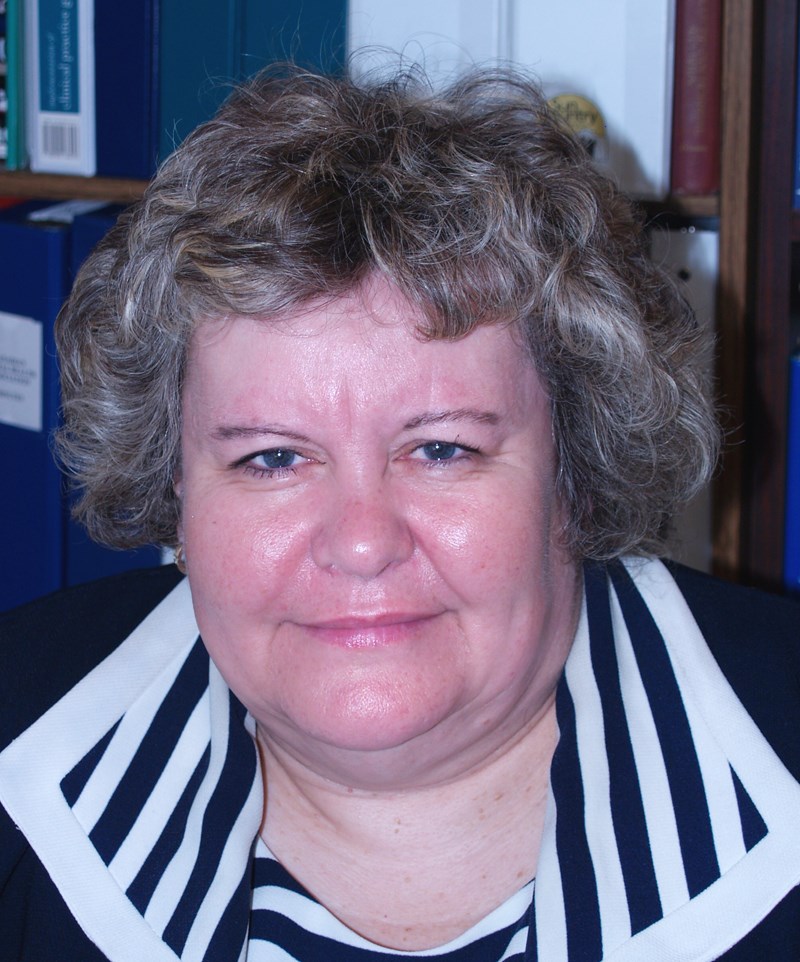Some of the challenges that have plagued the Sun Country Health Region remain intact. Some issues have been reduced in intensity while others have disappeared after being addressed, but with this ever-evolving health-care system, nothing is ever really static.
Funding for the 13 health regions across Saskatchewan flattened last year, said Sun Country's president and CEO, Marga Cugnet during a telephone interview with the Mercury on Dec. 16.
"The cost curve flattened, we don't anticipate any huge increases in funding and that would be similar to last year. We expect they (provincial health ministry) will cover any salary increases, and we will expect to implement more efficiencies, reduce sick time and hopefully regain some money for continuing our programs," Cugnet said.
The CEO, who has been at the helm for about four years now, noted that every year is a challenge, especially on the financing front, and "we don't want to cut programs, but everything depends on the budget and what comes out of the collective agreements."
With more money recently negotiated for emergency ward physicians, for example, there will be the inevitable trickle down effect on all regions since everything has to take on a provincial perspective because that is where the bulk of the funding is found.
Cugnet said the health region that serves the southeast sector of Saskatchewan took a strong step forward this past year in bringing mental health and addiction services into a common model of service, saving time and money for counsellors. The earlier model saw Sun Country and St. Joseph's Hospital running separate programs.
Wait times for surgeries were reduced to a three-month average, which she said they expect to maintain through 2014 with a stabilized operating room staff and surgeons.
"I would say we should also be pleased with what's happening in long-term care, and I'm not just referring to the three construction projects (new facilities) in the region, but also improving services across the region. We're moving out of a medical-based model to a more home-like model, and that's a big plus," Cugnet said.
With an ongoing positive shift in employee attitude toward the home-like environments, the culture change is palpable, she noted. Recent additions in provincial funds to promote enhanced senior care, is already having measured success in the nursing and extended-care homes. These additional funds come with follow-up sustainability dollars.
"There was a complaint out there that weekends were generally pretty boring for long-term care residents, but now we can extend some activity programs to include Saturday and Sundays. That shortens the day for the residents, and we're seeing positive results already," Cugnet said.
The gentle persuasion methods of dealing with certain long-term residents, especially those with dementia, is also expected to pay off. Cugnet said all long-term care staff members eventually will be trained in the gentle persuasion techniques. She said one employee in the region has received a master's degree in this particular program, so she will train about a dozen selected people who will then roll the program out among the rest of the employees over the next 18 months.
"We also have better communication with the ministry. We have weekly calls with the accountability branch, and CEOs have a quarterly leadership table conference with the ministers who have also attended our provincial wall walk (accountability sessions put forth in graphic form)," she said, referring to Health Minister Dustin Duncan and the Minister Responsible for Rural Health, Randy Weekes. There are follow-up calls every two weeks with the deputy minister as well, which simply enhances the communication stream and is not seen as meddling by either side. "If we have a concern, we have no hesitation in talking with whomever we need to talk to," she said.
Creating a single point of entry program with the two major health regions in Regina and Saskatoon has smoothed transitions from the small-city hospitals to the major hospitals and then back again.
"One phone call does it for placing a patient back to their home hospital now," said Cugnet, noting how the fresh protocol and procedures appear to be working very effectively.
With dialysis services at St. Joseph's Hospital working at capacity and working well, all is well on that front, as is the return to full obstetric services in Estevan, which Cugnet said will see the number of baby deliveries at St. Joseph's return to the normal rate of 300 or more per year.
So while most areas of concern are being met head-on, there will always be fresh problems to tackle pretty well every week within the Sun Country region with its 19 front-line health-care facilities, 2,200 employees and approximately 59,000 potential customers.




